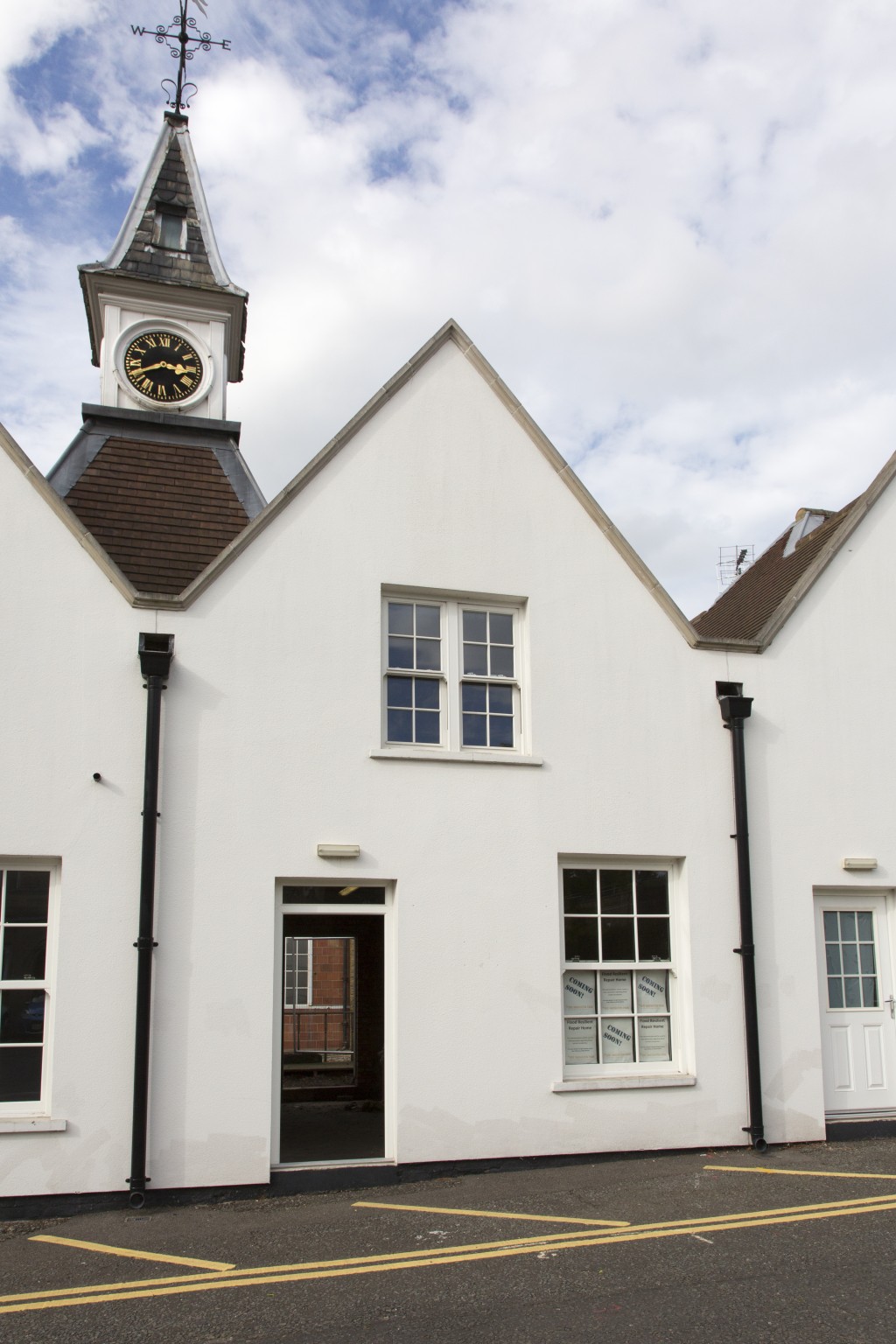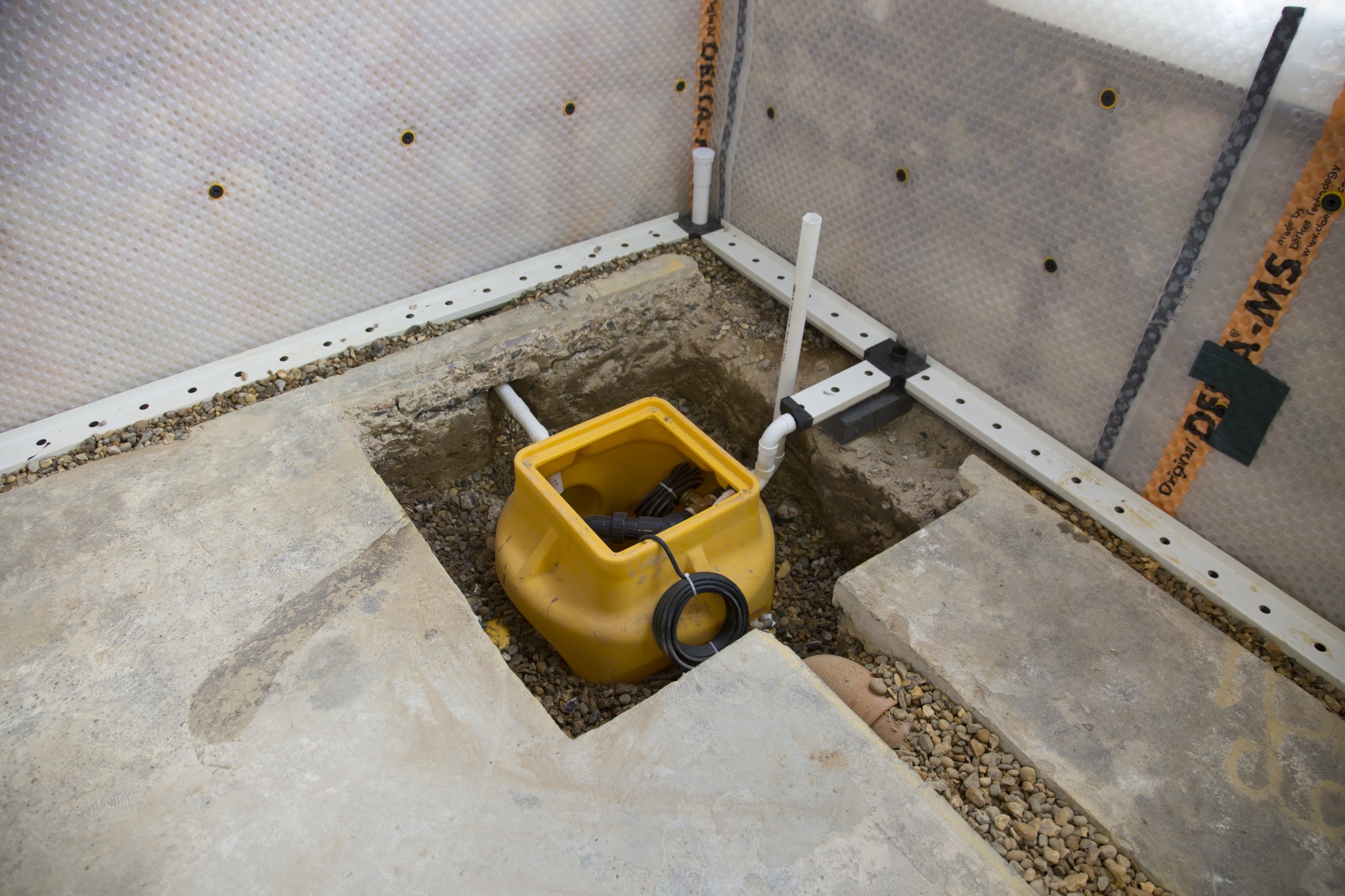Today, on the anniversary of Storm Desmond the BBC that experts have concluded that last year's flooding was “the most extreme on record” with the period between November and January also being the wettest since records began way back in 1910.
So, with flooding back in the news, it's time to look at what's being done to protect our properties against against the damage it can cause.
Flooding destroys homes and costs as much in heartache as it can do in excess insurance fees. There are more than five million homes around the country at risk from various types of flooding from surface to coastal. So, if you live in – or near to – an area liable to flooding, making sure your home is flood resilient is essential.
Find out if your property is at risk by inputting your postcode on the Environment Agency’s Flood Map. If you appear to be at risk, it’s worth heading to knowyourfloodrisk.co.uk for a more detailed assessment. They assess a property’s risk and produce bespoke flood reports, including flood maps of local areas and insurance advice.
Sources of flooding
But you don’t need to live near water to be at risk; there are many sources of flooding, including:
Surface water following torrential rain
Groundwater flooding during extended, intense rainfall
River flooding
Coastal and tidal flooding
Burst dams or reservoir failure
Burst water mains
Sewer flooding.
How to protect your property
To see if you are at risk and how to protect yourself visit knowyourfloodrisk.co.uk and download the free flood guide for homeowners.
The flood-resistant Victorian terrace


The British Research Establishment (BRE) has created a new housing research project at its Innovation Park in Watford to try to show how smart design and the right materials can limit flood damage and make post-flood recovery much less stressful.
Funded by AXA Insurance and the BRE Trust, the project follows last winter’s flooding in the UK which resulted in properties requiring repairs costing between £30,000 and £100,000 per home.
The Victorian Terrace is being refurbished to demonstrate the latest advances in sustainable refurbishment and to make it resilient to flooding. Some of the measures are surprisingly simple and include:
Water resistant floor and wall membranes to channel flood water towards drains and sumps which disperse water quickly;
Plasterboard laid horizontally rather than vertically, so that only lower boards need to be replaced if damaged by floodwater;
Lightweight kitchen cupboard doors which can easily be detached and moved out of harm’s way;
Flood resistant windows and doors;
Various types of water resistant insulation such as thermal board, polyurethane spray foam and injected cavity wall insulation.
Better thermal performance to meet modern building regulations for energy and ventilation.
It’s important to note that this is not a brand new property built using ‘space age’ techniques but an existing Victorian home which is being adapted using accessible measures to resist flooding and minimise damage. The project will raise awareness of the best methods to repair and refurb a home that has been damaged by flooding and may be at risk again in the future.
These methods will be put to the test soon enough. The refurbishment is due to be completed any time now, then, in a few weeks time, the property will be flooded to assess damage levels and recovery times.
Stephen Garvin, director of the BRE Centre for Resilience, said: “Preventative measures play a key role but given the scale of our vulnerability, we need to think more practically about flooding and start to adapt to living with water. So fitting a house with resilient technologies and testing its ability to bounce back from water ingress is the first step on this journey.”
Getting help
BRE’s project highlights that, if you know the risks, then it is possible to find ways to fix and protect your home.
What’s also worth remembering is that your insurance company is likely to be on hand to help you – even if it’s with advice of how to deal with a problem that they don’t cover.
As always with property problems, the better advice you get, the more likely fixes and preventative measures are going to work first time around, so don’t wait for the cowboys, make sure you go to the property professionals from the start.
Suffering damp, mould or condensation? Speak to Envirovent and read their expert checklist.
Problems with identifying and solving rising damp? Contact Peter Cox and take a look at our expert checklist.